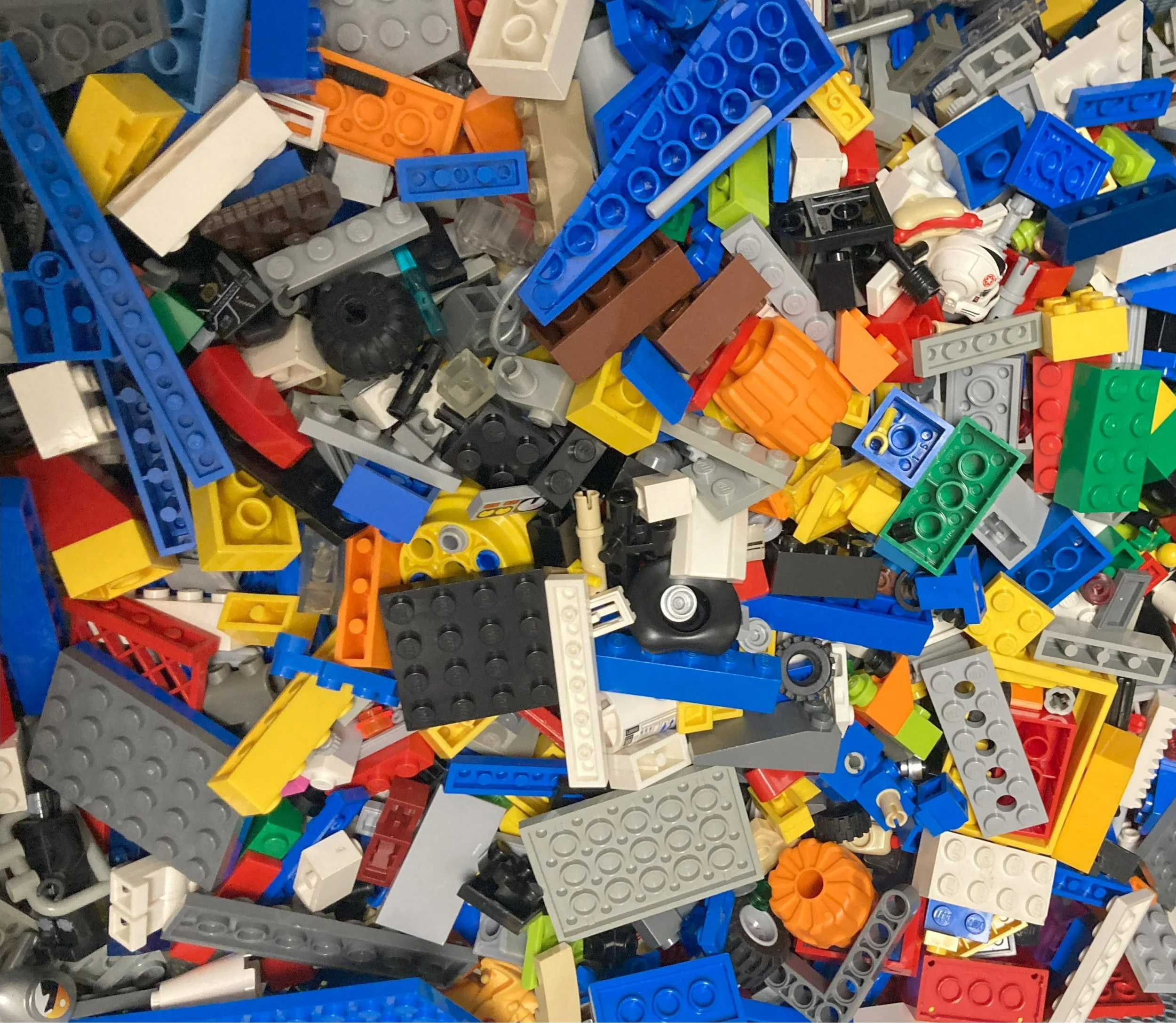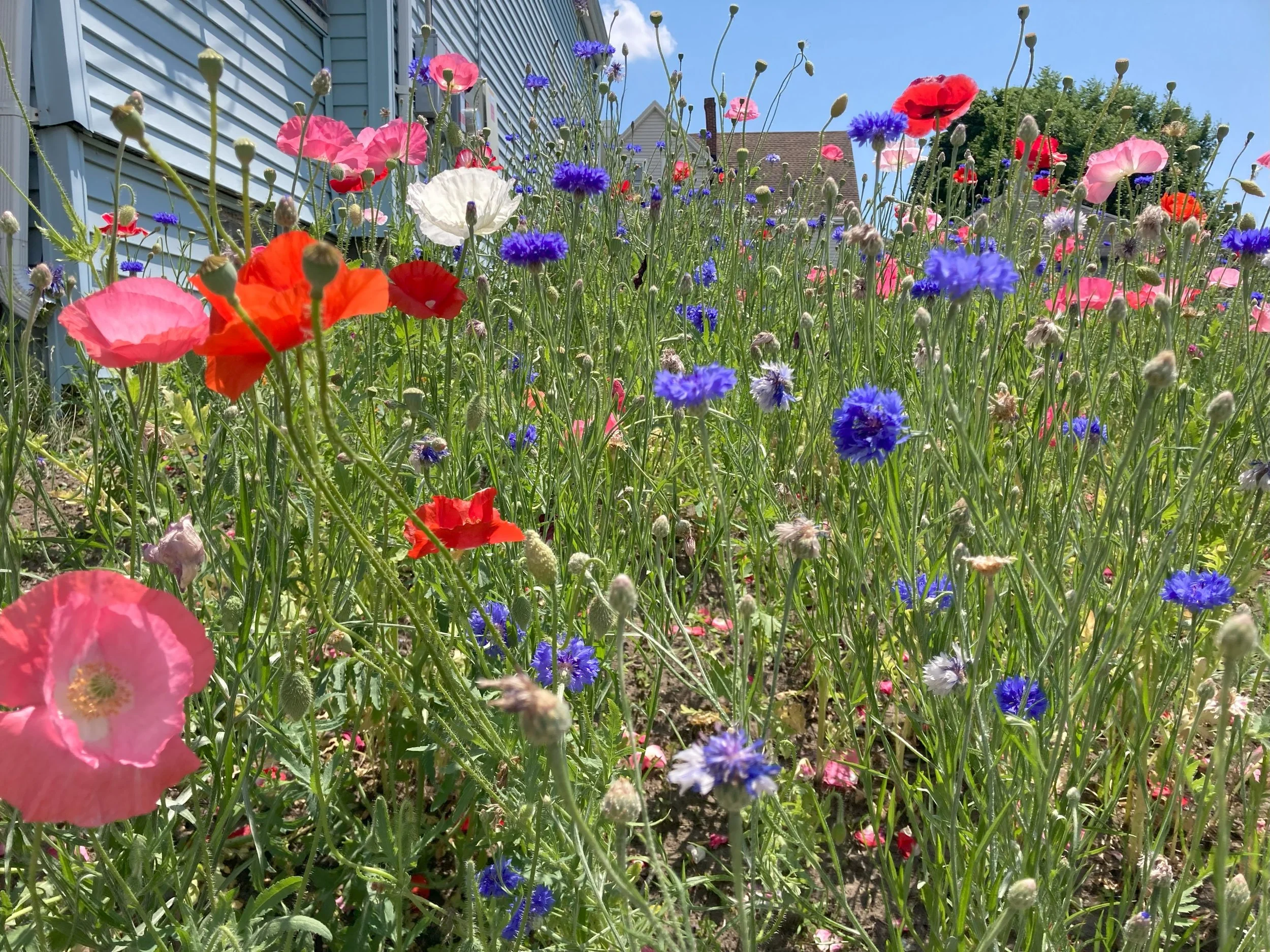
what is play therapy?
“For a child, it is in the simplicity of play that the complexity of life is sorted, like puzzle pieces joined together to make sense of the world.”
-L.R. Knost
PLAY IS HOW CHILDREN LEARN.
PLAY IS HOW CHILDREN GROW.
Children are not smaller adults. They don’t express themselves like adults nor do they process, perceive, and internalize their world in the same way. Developmentally, they often can’t talk out their problems like adults and yet they are often expected to be highly verbal, especially in situations where nervous system activation and emotions are heightened - a tough time for any human to be verbal and use logical reasoning. So then, how do youth communicate and make sense of their experiences? PLAY.
The Association for Play Therapy defines play therapy as "the systematic use of a theoretical model to establish an interpersonal process wherein trained play therapists use the therapeutic powers of play to help clients prevent or resolve psychosocial difficulties and achieve optimal growth and development."
Children don’t typically need to be forced to play; they initiate it instinctively. Play is a natural and universal medium of self-expression for them (Landreth, 2002). As Garry Landreth said, “Toys are children’s words and play is their language” (p. 16). When adults go to counseling, they usually talk and process verbally; children, however, interpret their world literally - as they experience it and the meaning they make from it - with a lens of egocentrism, where abstract thinking isn’t developed until around age 12 (Crain, 2011, p. 138). Therefore, discussing challenges and emotions verbally can be difficult. Play allows for a nonintimidating avenue to externalize their inner world through projection and symbolism and “bridge the gap between concrete and abstract thought” (Landreth, 2012, as cited in Lin & Bratton, 2015). This includes the use of particular toys, art, music, movement, games, sensory experiences, books, and more. With older children, sessions may include a blend of conversation and play.

parenting while mourning is excruciating.
Whether the person who died is a partner/spouse, a child, a sibling, or another important person, the effects of traumatic grief on your mind, heart, and body are enormous.
As a caregiver, we want to help you honor your needs and prioritize yourself while also tending to the child(ren) in your life, creating space for you to connect with them in meaningful ways.
We bring a collaborative, educational, attachment, and co-regulation lens to relationships.
therapeutic powers of play
The therapeutic powers of play are the mechanisms of change within play therapy. This image outlines how children use play to develop interpersonal and competence skills, explore concerns, integrate experiences, build their capacity to hold difficult emotions, and more. Although “play in itself will not ordinarily produce changes…the therapist’s interventions and utilization of the play are critical” (Chethik, 1989, as cited in Gil, 1991, p. 28).


